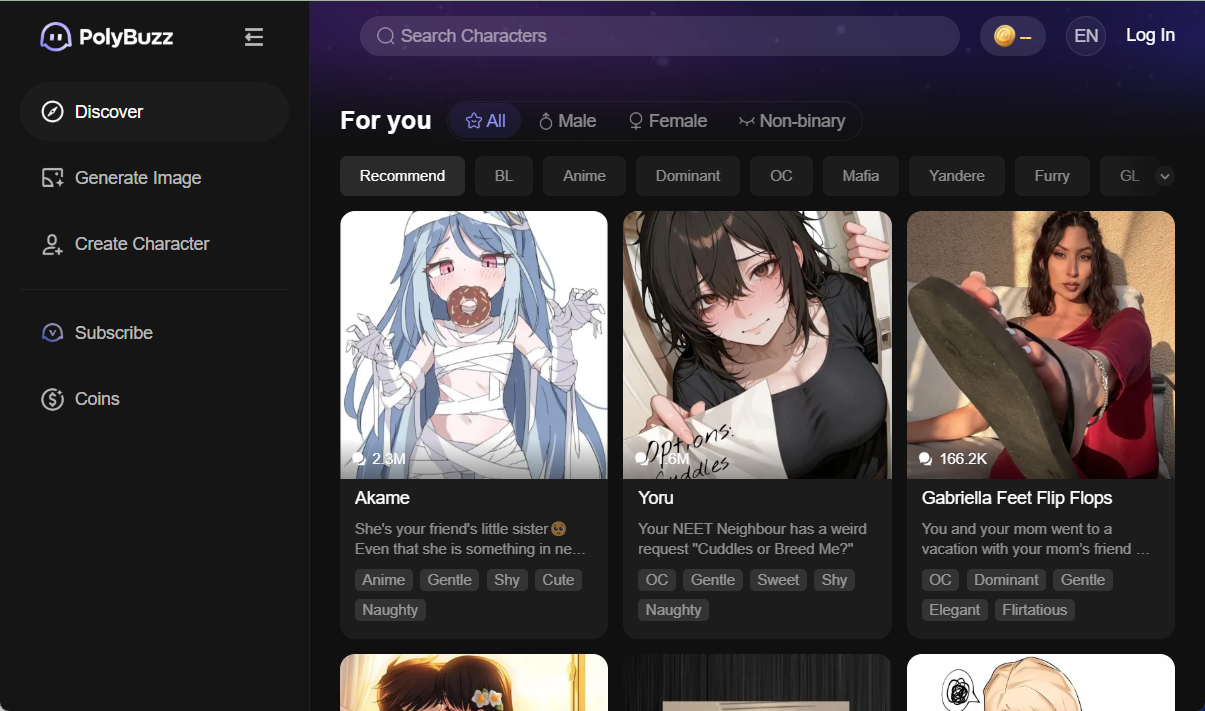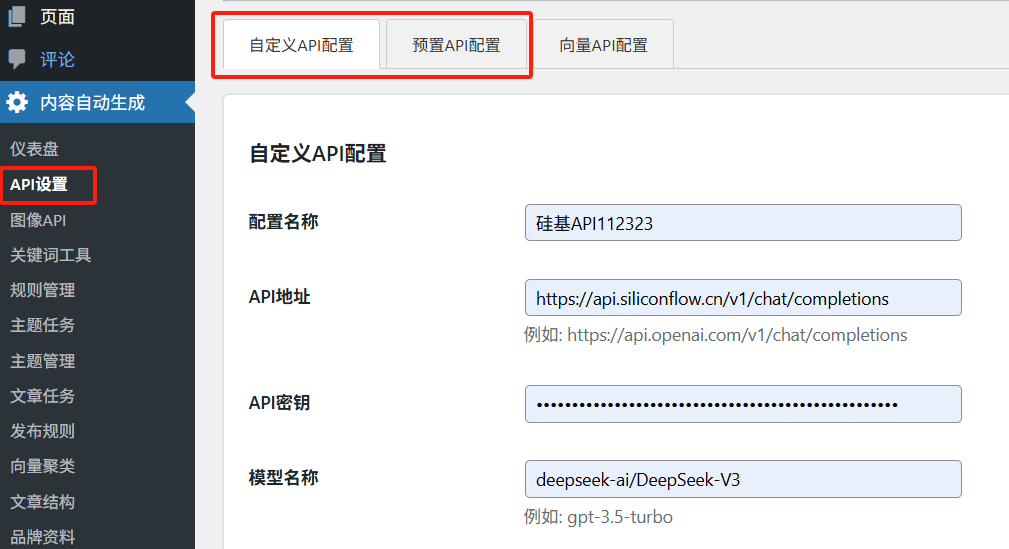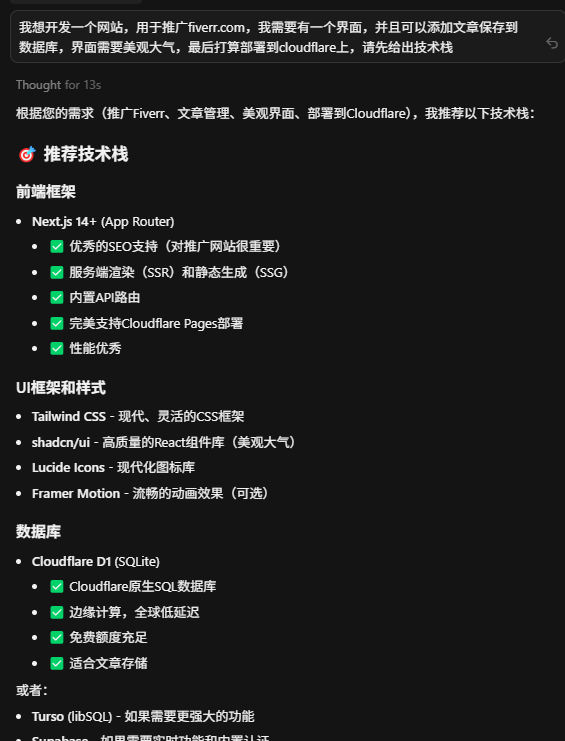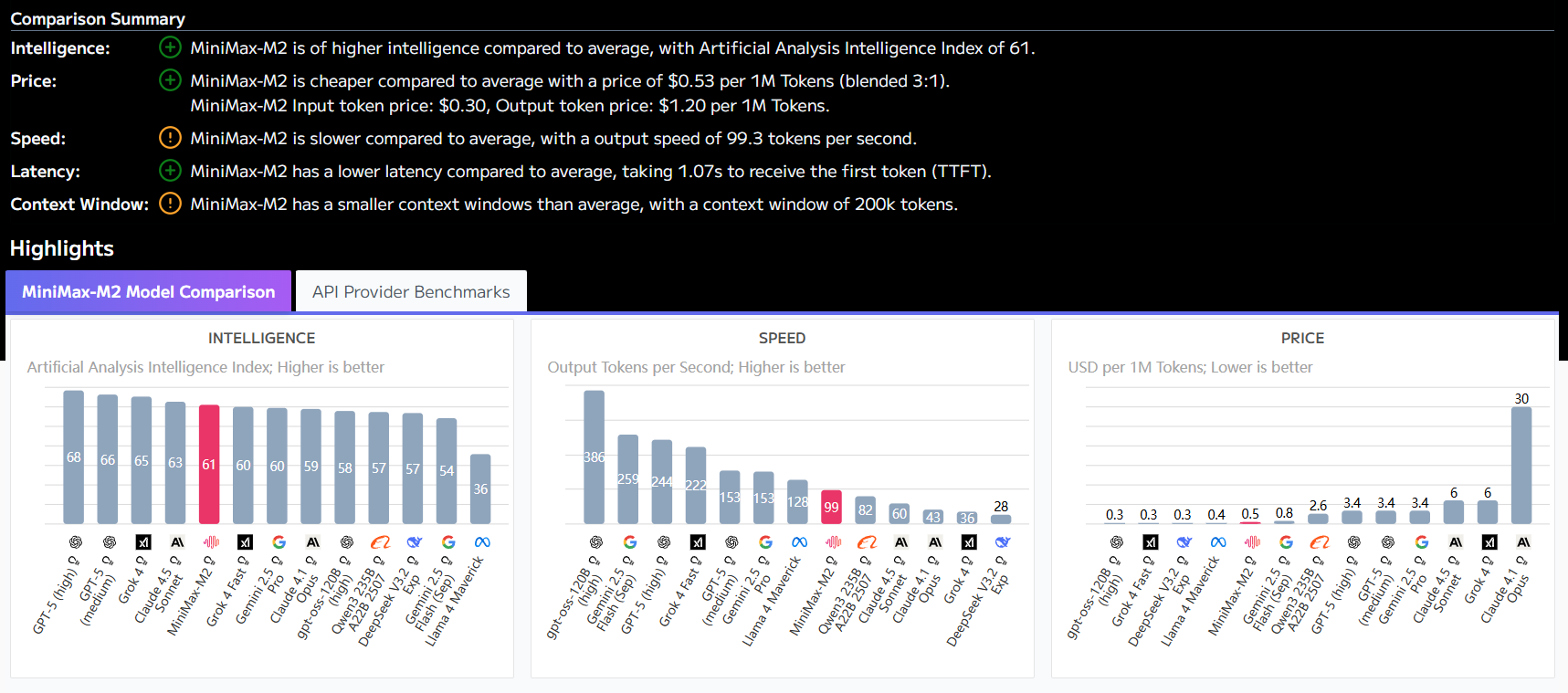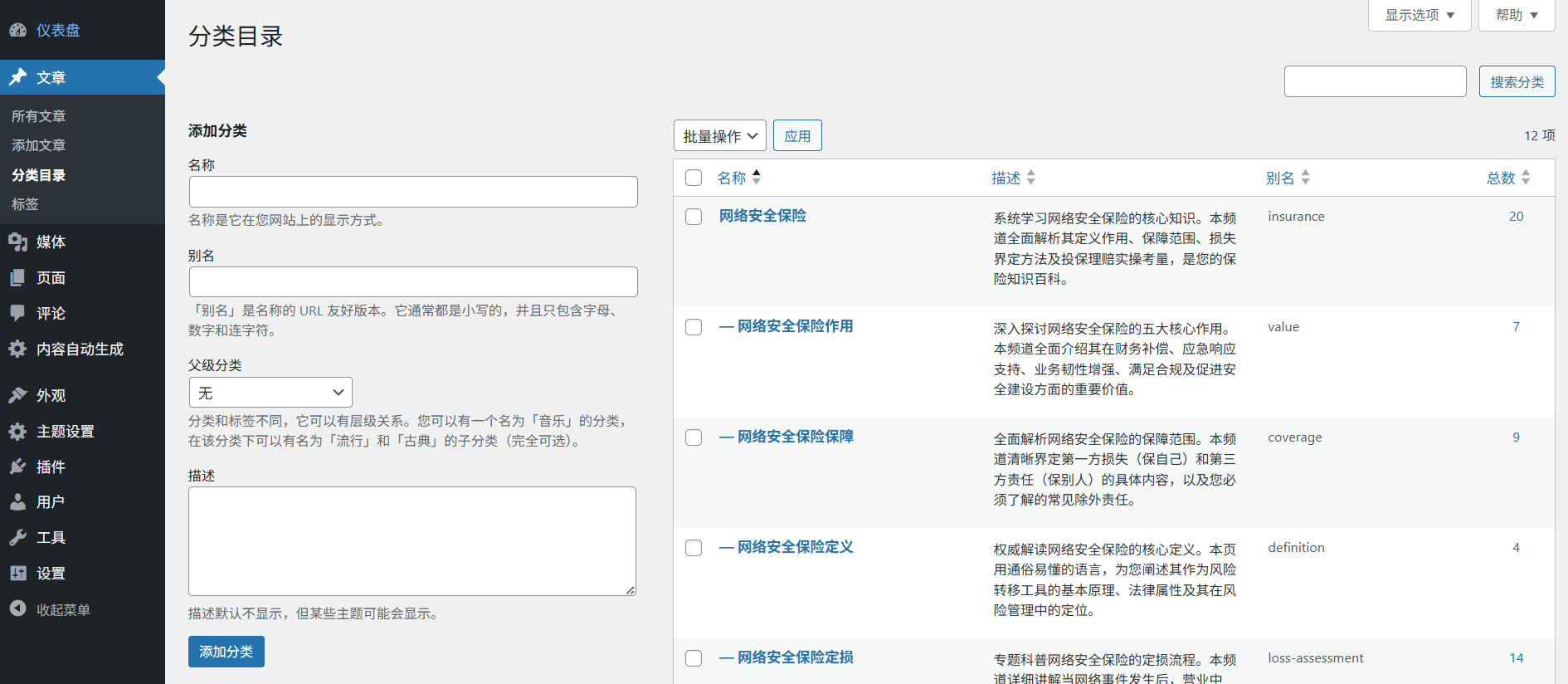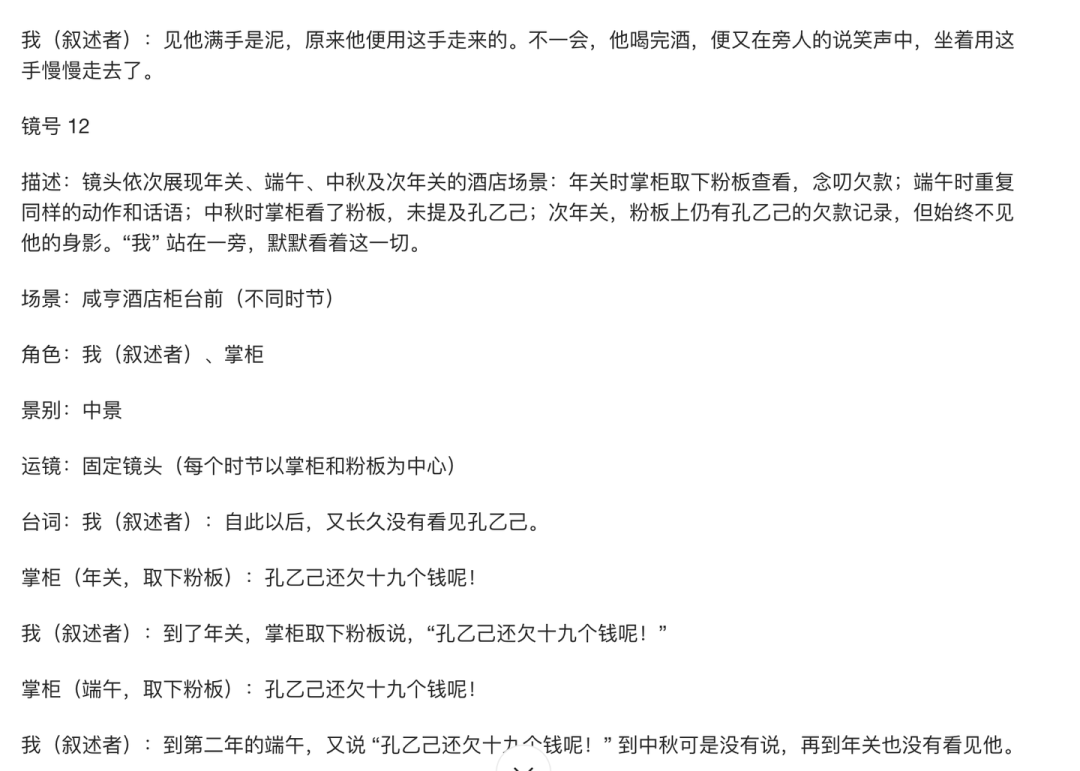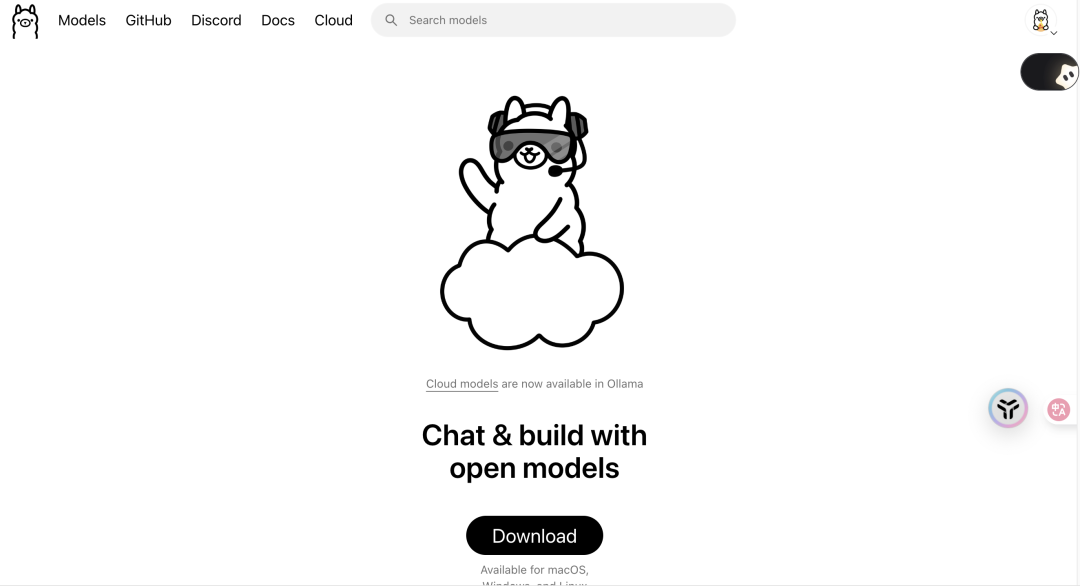natural language processing (NLP) mechanism
DataLine's AI query engine adopts a multi-layer transformation architecture: 1) Semantic parser breaks down the user's natural language description 2) Intent recognition module determines the type of operation (query/statistics/forecasting, etc.) 3) Query builder generates optimized SQL statements 4) Execution engine connects to the database to get the results. For example, if you input "Show Top10 Beijing Quarterly Sales", the system will automatically correlate related fields and generate a query statement with GROUP BY and LIMIT.
Comparative Advantage Analysis
| comparison dimension | DataLine | Legacy SQL Tools |
|---|---|---|
| learning curve | No SQL knowledge required | Requires proficiency in writing syntax |
| interactive efficiency | Description i.e. query | Manual construction of statements is required |
| fault tolerance | Supports fuzzy intent recognition | Strict grammar checking |
| Applicable Scenarios | exploratory analysis | Precise control of queries |
Typical usage scenarios
- Quick validation of data assumptions by business people
- Agile analysis during the prototyping phase
- Standardization of communication of data requirements across departments
Note: Complex analysis still needs to be coupled with a professional SQL editor, and the system supports direct viewing and correction of AI-generated query statements.
This answer comes from the articleDataLine: AI Data Analysis and Visualization Client for Fast Chart and Report GenerationThe




